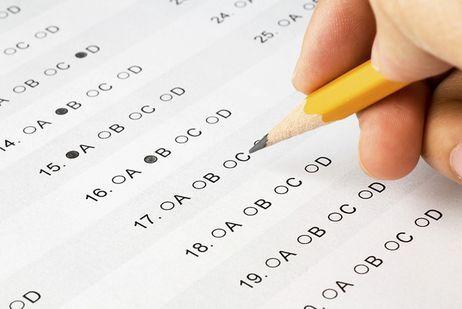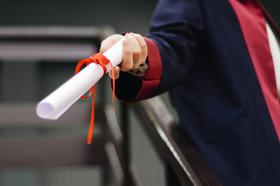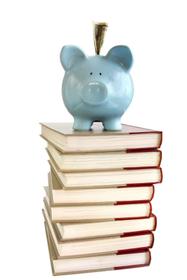As high school seniors are busy making their choices about which college to attend, those coming behind them may be watching the process with interest. They know that they too will be facing that quandary in a few short months, even as they are amassing piles of information about various colleges and universities across the country. While choosing a college can seem like a daunting task, there are ways to narrow the choices and make the decision-making process a little easier. Check out these 10 tips for choosing the best college for you.
Consider What You Want
What is your primary reason for attending college? Are you all about the academics, or is the social aspect of college important as well? Do you relish moving away from home to experience college life independently, or would you prefer to live at home as you take your first year or two of classes? Consider how you picture your college life for the next two to four years, to determine which types of colleges will meet your expectations best. This video points out that finding a college with the best fit is what to look for.
Talk to Others
Talk to friends and family members that are in college or recently graduated, to learn more about their experiences with higher education. Find out what they like and didn’t like about various schools. A report at


















